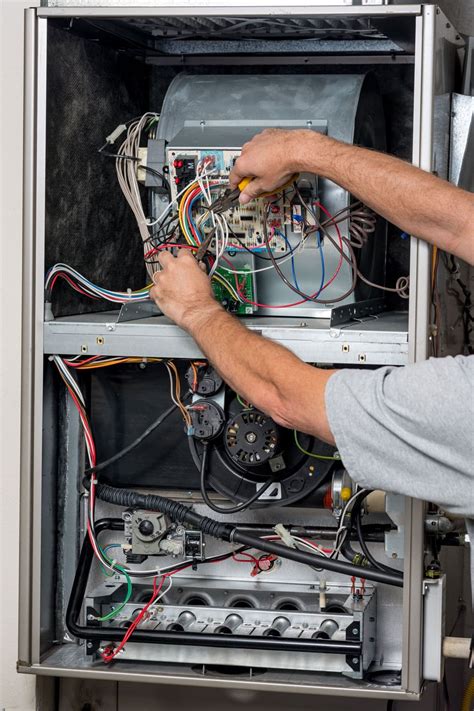How To Keep Condensate Line From Freezing
Ronan Farrow
Apr 01, 2025 · 3 min read

Table of Contents
How to Keep Your Condensate Line From Freezing
Winter weather can be brutal on your home's HVAC system, and one common problem is a frozen condensate line. This can lead to a host of issues, from reduced efficiency to complete system failure. Luckily, preventing a frozen condensate line is often easier than you think. This guide provides practical tips and solutions to keep your condensate line flowing freely, even during the coldest months.
Understanding Condensate Lines and Freeze-Ups
Before diving into solutions, let's understand the problem. A condensate line is a drainpipe that carries water produced by your air conditioner or furnace. This water is a byproduct of the condensation process. When temperatures plummet, this water can freeze, creating a blockage that prevents proper drainage. This blockage can lead to:
- System shutdown: Your HVAC system might shut down automatically to prevent damage from a backup.
- Water damage: If the blockage is severe, water can back up into your HVAC unit, causing internal damage and potential mold growth.
- Reduced efficiency: A frozen condensate line forces your system to work harder, consuming more energy and costing you more money.
Preventing a Frozen Condensate Line: Practical Solutions
Here's a breakdown of effective strategies to keep your condensate line from freezing:
1. Insulation is Key
Insulating your condensate line is the most crucial step. Several insulation methods exist:
- Pipe insulation sleeves: These foam sleeves are readily available at hardware stores and are easy to install. They create a barrier against the cold, preventing the water inside from freezing.
- Heat tape: Electric heat tape, wrapped around the condensate line, provides continuous warmth, ensuring the water remains liquid. This is particularly effective in extremely cold climates. Important: Always follow manufacturer instructions carefully and ensure proper electrical connections.
- Insulated condensate drain lines: Some newer HVAC systems use pre-insulated condensate lines. If you're installing a new system, consider this option.
2. Proper Slope and Drainage
Ensure your condensate line has a consistent slope, allowing for gravity-assisted drainage. Even a slight downward incline can make a significant difference. Check for any dips or blockages in the line that could impede water flow.
3. Condensate Line Location
Ideally, your condensate line should be located in a warm area or away from drafts and exposed surfaces. If your line is currently exposed to frigid temperatures, consider rerouting it if possible.
4. Regular Maintenance
Regularly inspect your condensate line for any signs of blockage or freezing. If you live in a particularly cold climate, it’s advisable to inspect it more frequently. This proactive approach can help you identify and address potential problems before they become major issues.
5. Consider a Condensate Pump
For situations where insulation and proper drainage aren't sufficient, a condensate pump can be a valuable solution. These pumps actively remove the condensate, even against gravity, preventing freezing in challenging installations. This is especially useful for basements or areas with low drainage points.
Conclusion
Keeping your condensate line from freezing requires a proactive approach. By implementing the strategies outlined above, you can safeguard your HVAC system from winter's harsh effects, ensuring efficient and reliable operation throughout the cold season. Remember to prioritize insulation, proper drainage, and regular maintenance to avoid costly repairs and disruptions.
Featured Posts
Also read the following articles
| Article Title | Date |
|---|---|
| How To Protect Garage Door From Hurricanes | Apr 01, 2025 |
| How To Move Out Of State With Joint Custody | Apr 01, 2025 |
| How To Install Roof Boot | Apr 01, 2025 |
| How To Install Train Horns On A Truck | Apr 01, 2025 |
| How To Make Puerto Rican Ham | Apr 01, 2025 |
Latest Posts
-
How Do You Reset A Storm Glass
Apr 04, 2025
-
How Do You Reset A Golf Cart Controller
Apr 04, 2025
-
How Do You Reset A Chrysler Pacifica Sliding Door
Apr 04, 2025
-
How Do You Register A Snowmobile In Wisconsin
Apr 04, 2025
-
How Do You Read An Emf Meter
Apr 04, 2025
Thank you for visiting our website which covers about How To Keep Condensate Line From Freezing . We hope the information provided has been useful to you. Feel free to contact us if you have any questions or need further assistance. See you next time and don't miss to bookmark.
